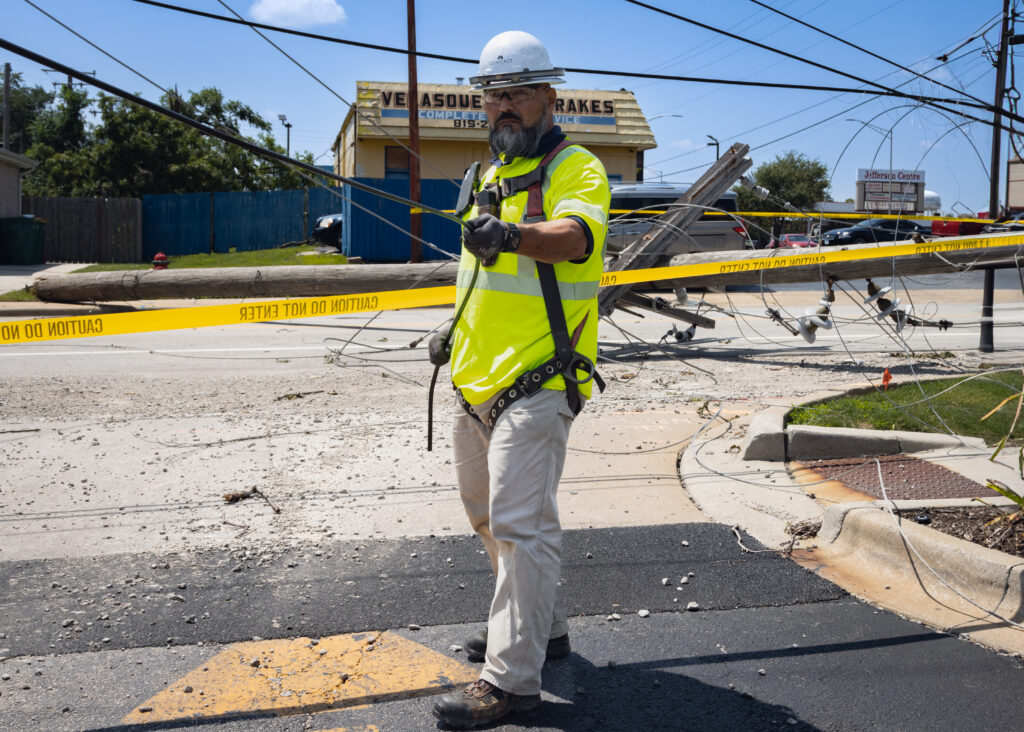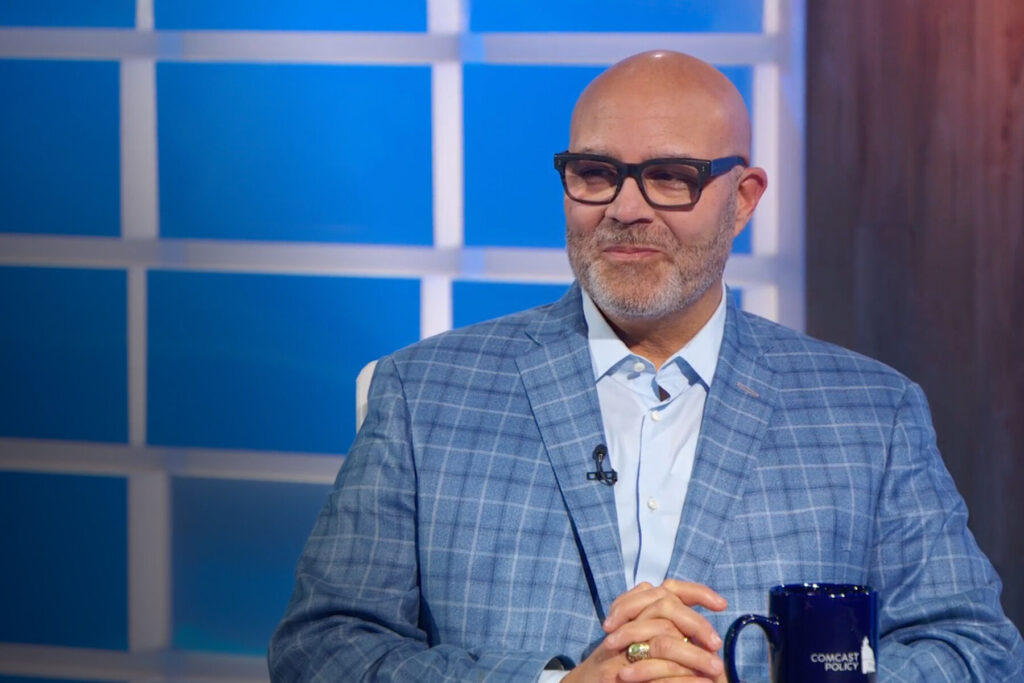In recent years, cable broadband providers have expanded their offerings to include mobile service, giving Americans more choices for their cell providers than ever before and saving them millions monthly when switching from higher-priced plans offered by traditional phone companies.
A hit with customers
Unsurprisingly, these lower-cost plans have been a hit with consumers, according to a recent analysis from industry research leader MoffettNathanson.
- Cable’s share of total mobile phone net adds was roughly 54% in the second quarter of 2024.
- That’s after cable accounted for over 75% of total mobile adds in the previous quarter.
The research firm notes that cable’s total share in the second quarter is “likely an underestimation” since the tally does not include net additions from Cox Communications, which is ramping up its growth this year following its launch of mobile service nationwide in January 2023. That total also does not include additions from other small and midsized operators that have recently begun to offer mobile service, including Mediacom.
How it works
Cable providers use a combination of technologies to transmit mobile data utilizing both licensed and unlicensed spectrum.
- They leverage their robust broadband network with millions of Wi-Fi hotspots (which rely on unlicensed spectrum) to offload mobile traffic.
- They were among the top bidders in the CBRS auction and deployed base stations compatible with their high-speed broadband networks.
- They lease excess capacity from mobile provider networks (who were granted exclusive licenses) to offer service as Mobile Virtual Network Operators (MVNOs).
The combination of unlicensed, shared-licensed, and licensed spectrum reduces the cost of delivering mobile service and leads to the discounted plans that millions of consumers are enjoying.
These positive developments for consumers and the marketplace are possible due to a smart, balanced approach to spectrum management that includes utilizing both shared licensed and unlicensed spectrum.









